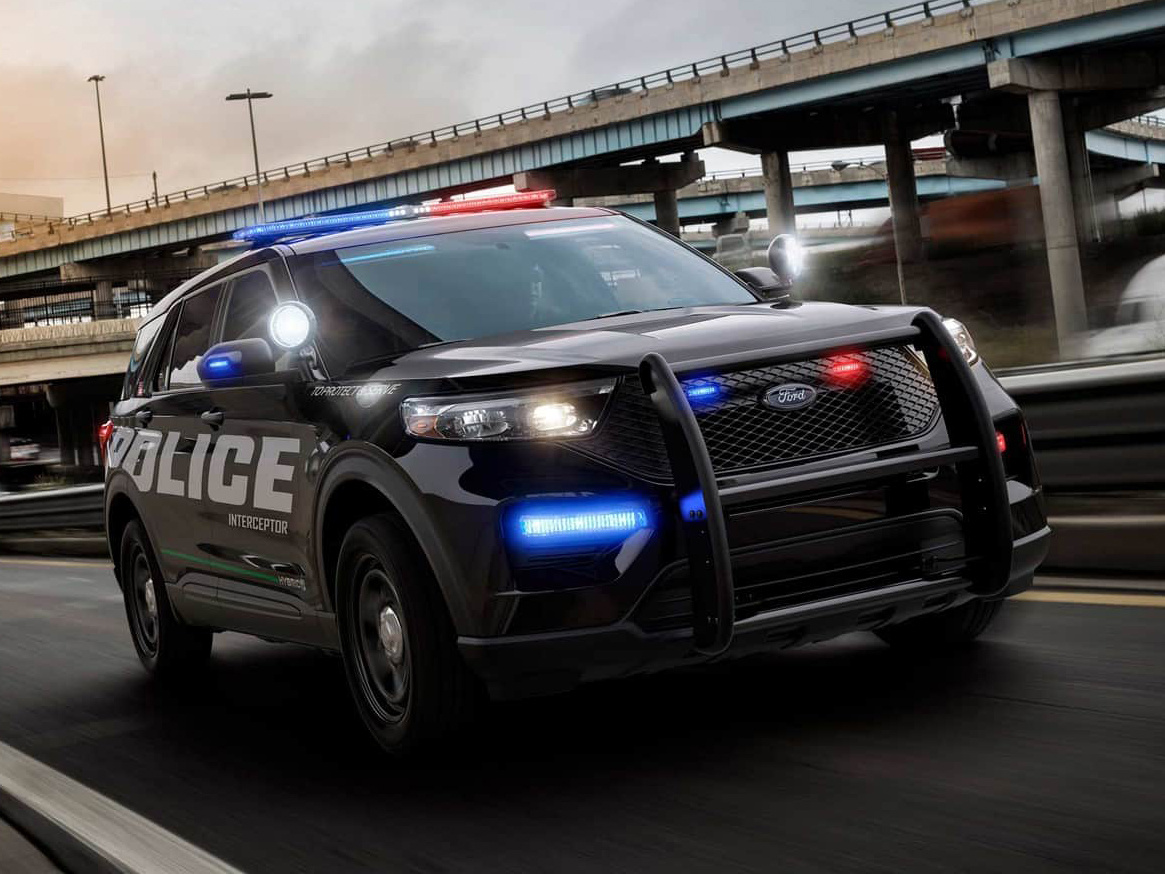A software solution will allow police officers across the world to reduce their chances of contracting COVID-19. All Ford Motor Company Police Interceptor Utility customers with certain model year vehicles are immediately eligible for the no-cost upgrade, which was engineered by the Dearborn, Michigan-based automaker.
“First responders are on the front lines protecting all of us. They are exposed to the virus and are in dire need of protective measures,” said Hau Thai-Tang, Ford’s chief product development and purchasing officer. “We looked at what’s in our arsenal and how we could step up to help. In this case, we’ve turned the vehicle’s powertrain and heat control systems into a virus neutralizer.”
What does it take to kill coronavirus? It sounds simple: Bake the vehicle until viruses inside are neutralized.
What does that mean? The interior cabin temperature must reach beyond 133 degrees Fahrenheit, hotter than Death Valley on the hottest day, for at least 15 minutes – long enough to help disinfect vehicle touch points.
According to Ford, here’s how it works:
“Once activated, the vehicle’s powertrain and climate control systems work together automatically to elevate interior cabin temperatures. The software warms up the engine to an elevated level, and then turns both the heat and fan settings on high. Interior temperatures are automatically monitored by the software to know when the entire cabin hits the optimal level and that temperature is then maintained for at least 15 minutes.
Law enforcement will have multiple ways to monitor progress. Hazard lights and taillights will flash in a pre-set pattern to notify when the process has begun, and they will change at the end to signal completion. Additionally, the instrument cluster inside the vehicle will indicate the progress of the procedure. A cool-down process has also been developed to help bring the temperature down from its highest points.”
To develop the method, Ford worked with scientists from The Ohio State University. Ford also conducted software operational trials in vehicles owned by the New York City Police Department, Los Angeles Police Department, Michigan State Police, Massachusetts State Police, Boardman Township Police Department (Ohio), and Seminole County Sheriff’s Office (Florida).
This process doesn’t just have to be a one-time thing. Law enforcement officers can regularly sanitize their vehicle, when it is unoccupied, using the same technology.
Police departments with their own service centers are now able to install the software solution through their own diagnostic service tools, while other fleets can work with their local dealers to install the software.
For 2016-19 police vehicles, the heated software process can be activated by a smart sequence of commands that involves pressing cruise control buttons in a predefined order. For 2013-15 vehicles, this mode can be activated and carried out through an external tool that connects to the onboard diagnostics port.
Ford heated sanitization testing and development process
Photo courtesy of Ford Motor Company
Ford heated sanitization testing and development process
Photo courtesy of Ford Motor Company
Ford heated sanitization testing and development process
Photo courtesy of Ford Motor Company
Ford heated sanitization testing and development process
Photo courtesy of Ford Motor Company
Ford heated sanitization testing and development process
Photo courtesy of Ford Motor Company
Ford heated sanitization testing and development process
Photo courtesy of Ford Motor Company
Ford heated sanitization testing and development process
Photo courtesy of Ford Motor Company
Ford heated sanitization testing and development process
Photo courtesy of Ford Motor Company
Ford heated sanitization testing and development process
Photo courtesy of Ford Motor Company
Ford heated sanitization testing and development process
Photo courtesy of Ford Motor Company








